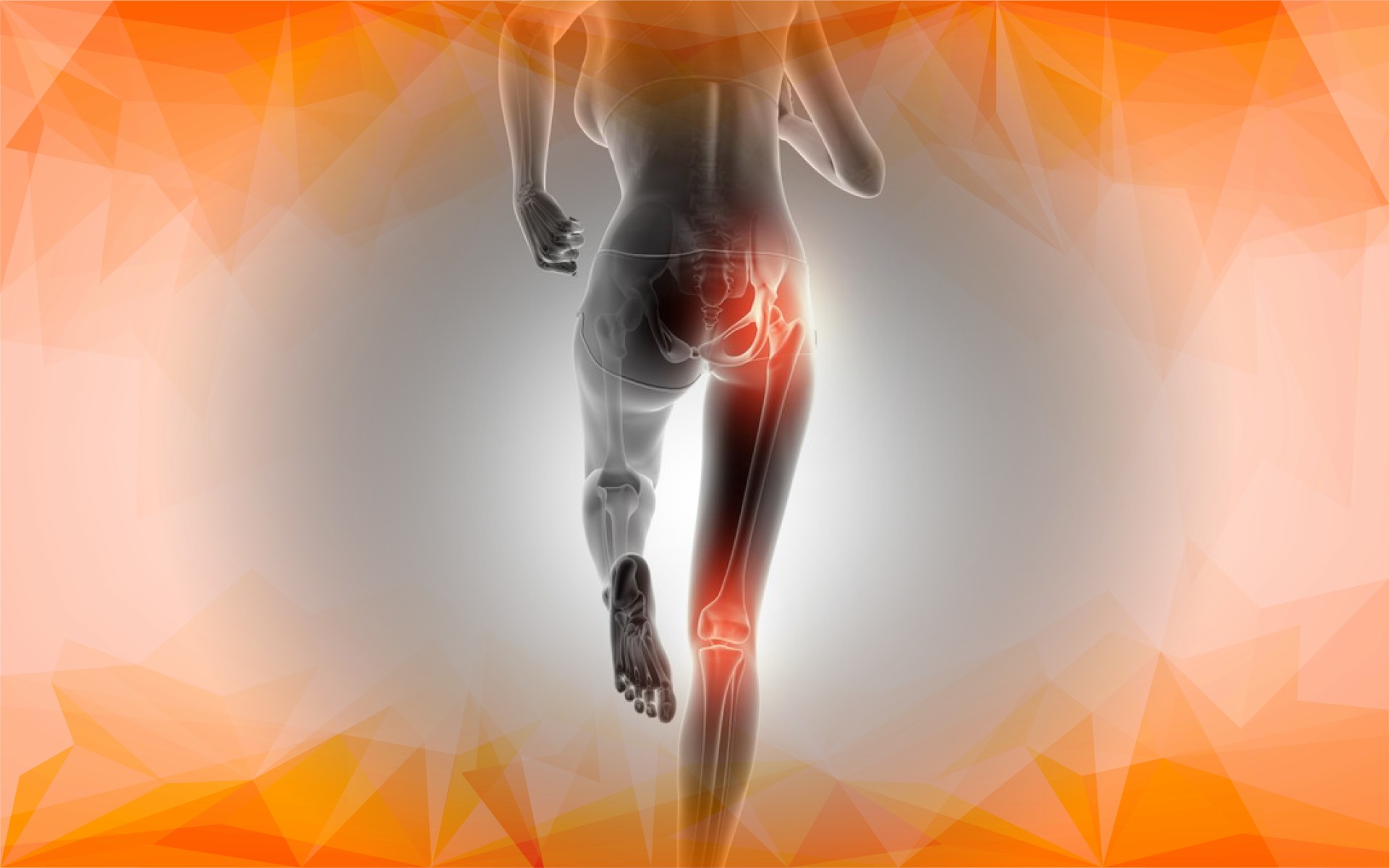Introduction
Rheumatoid arthritis (RA) and knee osteoarthritis (OA) are among the most common joint conditions, affecting millions of people worldwide. While RA is caused by an overactive immune system that leads to inflammation , OA is generally due to wear and tear over time. Yet, both conditions can look alike, especially when they affect the knees, making diagnosis and treatment challenging for both patients and physicians. In this article, we’ll delve into how the symptoms of RA overlap with the changes seen in knee OA, explore what sets them apart, and look at promising advances in our understanding and treatment of these joint diseases .
Understanding Rheumatoid Arthritis and Knee Osteoarthritis
To better grasp these conditions, let’s review the basics. Rheumatoid arthritis is a chronic autoimmune disorder, impacting about 0.5 to 1% of the global population. In RA, the body’s immune system mistakenly targets the synovium—the lining of the joints —causing persistent inflammation. This results in swelling, pain, and, over time, can damage cartilage and bone. RA typically affects several joints on both sides of the body and can also lead to general symptoms like fatigue and low-grade fever .
In contrast, knee osteoarthritis is the most prevalent form of arthritis and usually develops slowly as the cartilage cushioning the ends of the knee bones wears away. Ageing, excess weight, and previous injuries are common contributors. OA is not primarily driven by the immune system, and any inflammation tends to be mild and localized. People with OA often notice joint pain and stiffness, especially after activity, as well as reduced range of motion. Although RA and OA have distinct causes, they can both lead to similar knee pain and mobility issues, making them difficult to distinguish from one another at times.
Inside the Joint: What Sets RA and OA Apart?
The crucial difference between RA and OA lies in what’s happening within the joint. In rheumatoid arthritis , the immune system releases inflammatory substances that attack the synovium. This causes thickening of the joint lining, a build-up of immune cells, and the release of molecules that break down cartilage and bone. The result: pain, swelling, stiffness, and sometimes symptoms that affect the whole body.
With knee osteoarthritis , the primary problem is the gradual breakdown of cartilage from years of mechanical stress and ageing. The cartilage becomes rough and thin , and the underlying bone may harden or form bone spurs (osteophytes). Although OA was once considered purely a “wear and tear” disease, we now know that mild inflammation inside the joint can also worsen pain and damage.
Modern imaging, such as MRI scans , can sometimes show signs of inflammation in both RA and OA. This overlap helps explain why the symptoms of these conditions may be hard to tell apart, especially in the early stages.
Why Diagnosis Can Be Difficult
RA and OA share many symptoms: joint pain , swelling, and stiffness. However, key differences can help distinguish them. RA often causes symmetrical joint pain —meaning that the same joints on both sides of the body are affected—and morning stiffness that lasts longer than an hour. OA symptoms, in contrast, are typically worse after activity and tend to improve with rest. OA usually affects joints on one side, and its stiffness is generally short-lived.
Blood tests can be useful for diagnosis. RA may be accompanied by antibodies such as rheumatoid factor (RF) or anti-citrullinated protein antibodies (ACPA), though not all patients test positive. Imaging studies, like X-rays, can reveal joint space narrowing and bone spurs in OA, while early RA may not show visible changes. Because of these challenges, doctors increasingly combine clinical exams, lab tests, and advanced imaging to make a confident diagnosis.
Sometimes, patients have both conditions at once, or features of each. Inflammation from RA can worsen existing OA, while the joint damage from OA can make RA symptoms more complex. Early diagnosis and effective treatment are crucial in RA to slow progression and reduce joint damage. Recognizing the interplay between inflammation and degeneration allows for more precise and tailored treatment .
Both RA and OA can cause significant pain and disability. In addition, research suggests that the chronic inflammation of RA is associated with higher rates of depression and fatigue compared to OA. This highlights the importance of a comprehensive approach to diagnosis and care.
Looking Ahead: New Treatments and Hope for Patients
There’s good news for those living with RA and OA. Medical advances continue to improve outcomes for both diseases. For rheumatoid arthritis , biologic medications that specifically target inflammatory molecules like TNF-α and IL-6 have transformed treatment, helping many patients avoid severe joint damage and live fuller lives.
Research in osteoarthritis is expanding as well, aiming not just to relieve pain, but also to reduce inflammation and support cartilage repair . At the same time, new biomarkers and sophisticated imaging techniques are helping doctors diagnose these conditions earlier and more accurately than ever.
The future of joint care is about understanding—and targeting—the connections between inflammation and degeneration. This approach promises more personalized and effective therapies for people facing these challenging conditions.
Conclusion
While rheumatoid arthritis and knee osteoarthritis may seem very different, their overlapping symptoms and joint changes can make diagnosis and treatment complex. By deepening our understanding of how inflammation and degeneration work together in joint disease , healthcare providers can make better diagnoses and offer more personalized care. Bridging the gap between these conditions is essential for improving quality of life and helping patients stay active. With ongoing research and innovation, there’s real hope for more effective treatments that address every aspect of joint health .
References
Adhikari, G., Dhakal, B., & Shrestha, S. (2024). Rheumatoid Arthritis – Symptoms and Treatment Demystified. AJPHI, 1(01).
Mella, L. F. B., Bértolo, M. B., & Dalgalarrondo, P. (2010). Depressive symptoms in rheumatoid arthritis. Brazilian Journal of Psychiatry, 32(3), 257-263. https://doi.org/10.1590/s1516-44462010005000021
Jutley, G. S., Latif, Z., & Raza, K. (2017). Symptoms in individuals at risk of rheumatoid arthritis. Best Practice & Research Clinical Rheumatology, 31(1), 59-70. https://doi.org/10.1016/j.berh.2017.09.016
Frequently Asked Questions
Rheumatoid arthritis typically causes symmetrical joint pain and morning stiffness lasting over an hour, often affecting both knees. Knee osteoarthritis tends to affect one side, with stiffness easing after rest and worsening with activity. Despite similar symptoms, the underlying causes and disease processes are quite distinct between these conditions.
AMSK Clinic offers a comprehensive diagnostic approach, combining advanced imaging, detailed clinical assessments, and specialised laboratory testing. This precise combination helps distinguish between rheumatoid arthritis and knee osteoarthritis, ensuring patients receive accurate diagnoses and tailored treatment plans based on the latest evidence and experience in joint health.
AMSK Clinic remains at the forefront of joint disease management, providing access to innovative therapies such as biologic medicines for inflammatory arthritis and modern injectable treatments, including Arthrosamid® for knee osteoarthritis. The clinic’s team is experienced in personalising these advanced treatments to optimise patient outcomes and joint function.
Yes, it is possible for some individuals to suffer from both rheumatoid arthritis and knee osteoarthritis simultaneously. In such cases, AMSK Clinic’s expertise in managing complex and overlapping joint problems allows for a holistic and individualised treatment approach, effectively addressing the unique combination of inflammation and joint wear in each patient.
Early and accurate diagnosis is crucial because it helps prevent further joint damage and guides effective, personalised treatment strategies. At AMSK Clinic, rapid evaluation utilising advanced diagnostic tools allows for earlier intervention, improving the chances of maintaining mobility, reducing symptoms, and enhancing overall patient quality of life.




